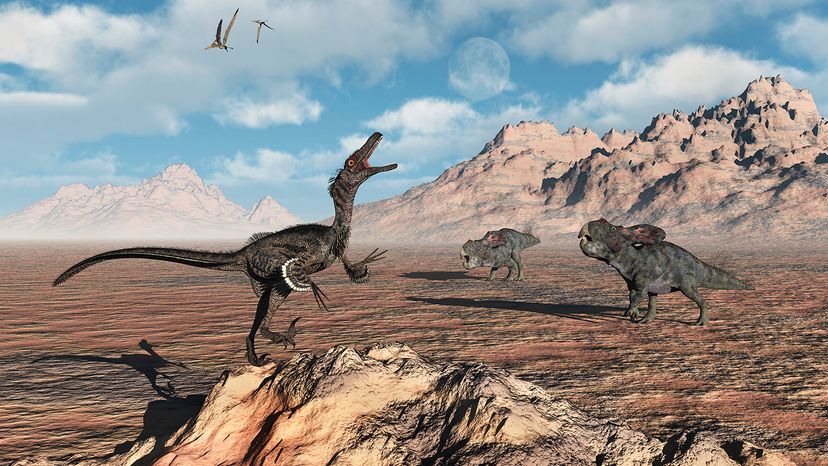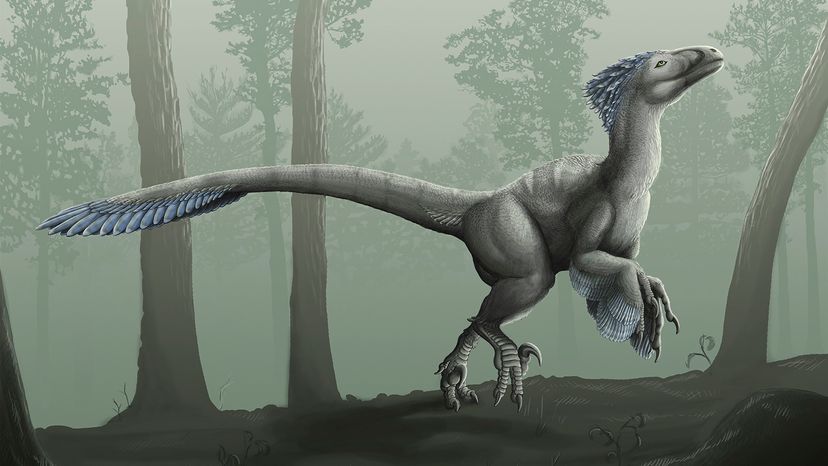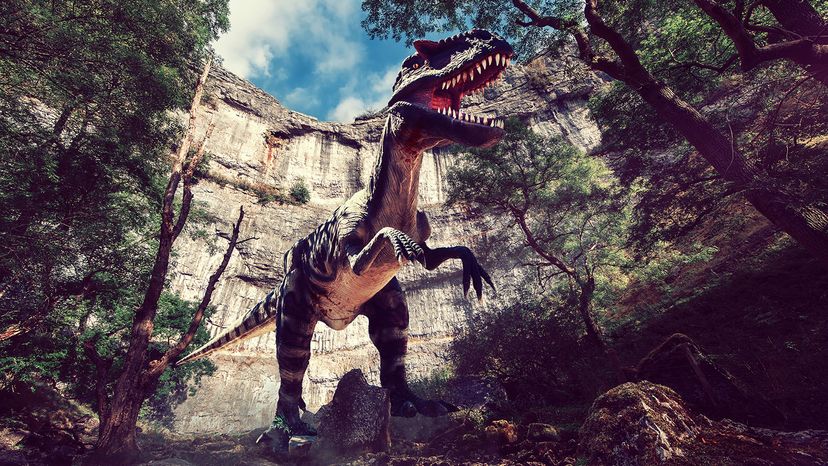
Which were the smartest dinosaurs? While we can't sit a Velociraptor down for an IQ test, scientists use fossil evidence like brain cavity size and body ratios to make educated guesses.
Some dinosaurs showed signs of advanced cognitive abilities, especially compared to other reptiles of the Mesozoic era.
Advertisement
Many of the most intelligent dinosaurs had traits like relatively large brains, stereoscopic vision, and birdlike agility. Let’s count down the dinosaurs that may have given today’s smartest animals a run for their money.

